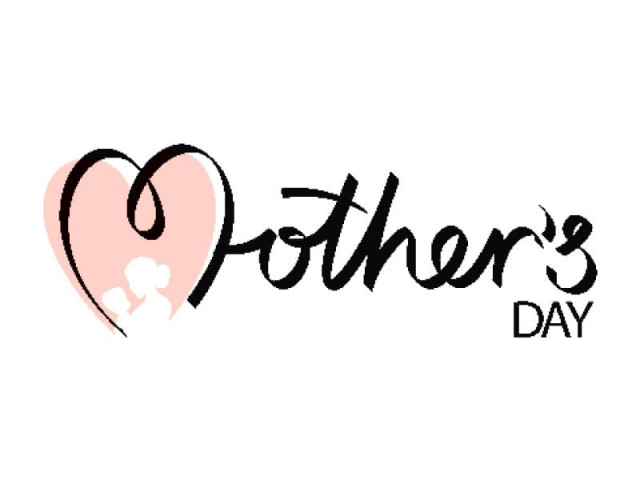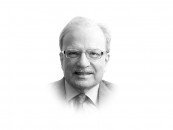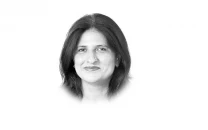‘Education linked with seeking antenatal care’
Next to Balochistan, K-P falls behind in maternal health care measures, says PDHS.

Next to Balochistan, K-P falls behind in maternal health care measures, says PDHS.
To honour the memory of those thousands of mothers who died during childbirth, the Women’s Health Intervention & Development Initiative (WHIDI) organised a consultative meeting at the Pearl Continental Hotel on the eve of Mother’s Day.
On this occasion, National Maternal Newborn and Child Health (MNCH) Programme Coordinator Dr Hidayat Khan discussed some data from the 2012-13 Pakistan Demographic and Health Survey (PDHS). This was the third PDHS conducted in the country.
It provides estimates at the national and provincial level, including urban-rural breakdowns. The areas include the federal capital, Gilgit-Baltistan and all four provinces.
Where women stand
According to the PDHS, the percentage of women between the ages of 15-49 across Pakistan who received no education has decreased to 57% from 65% between 2006-07 and 2012-13.
As far as maternal health goes, a comparison of the same time period shows more women had received antenatal care by a skilled provider – at least 73% women as compared to 61% in 2006-07.
Those who had been assisted during delivery by a skilled provider in 2012-2013 had also gone up from 39% to 52%. At least 48% of those surveyed had given birth in a health facility, opposed to 34% in the previous survey.
A note in the PDHS 2012-13 shares:
“As the mother’s educational level rises, so does the likelihood that she has seen a skilled provider for care during pregnancy. In fact, antenatal care utilisation becomes almost universal among women with secondary or higher education.”
A comparison of Khyber-Pakhtunkhwa (K-P) to the rest of the regions surveyed in 2012-13 shows K-P lags behind all – except Balochistan – in each of the above-mentioned maternal health measures.
Family plannning
The percentage of married women between 15 and 49 years (across Pakistan) who were using any method of contraception was 12% in 1990-91, 30% in 2006-07 and 35% in 2012-13 – a gradual increase.
Specifically in K-P, of the women surveyed in 2012-13, 28% reported using any method of contraception. Again the province lagged behind all other regions with the exception of Balochistan, where 19% surveyed had reported using any method of contraceptives. The terminology ‘any method’ is explained as the use of either traditional or modern methods of birth control.
According to WHIDI Founder Dr Lubna Hassan, the meeting held on Saturday aimed at creating a forum where experts can share knowledge.
“Much of the work in Pakistan is ad hoc and is scattered among NGOs, the government, the private sector and other donor organisations.” This, she explained, results in “a lot of wastage and duplication of efforts while some areas of concern continue to be under-served or completely overlooked.
Stakeholders need to come together and share information so best practices emerge and can be discussed before mapping out effective activities, said Hassan.
Published in The Express Tribune, May 11th, 2014.













COMMENTS
Comments are moderated and generally will be posted if they are on-topic and not abusive.
For more information, please see our Comments FAQ